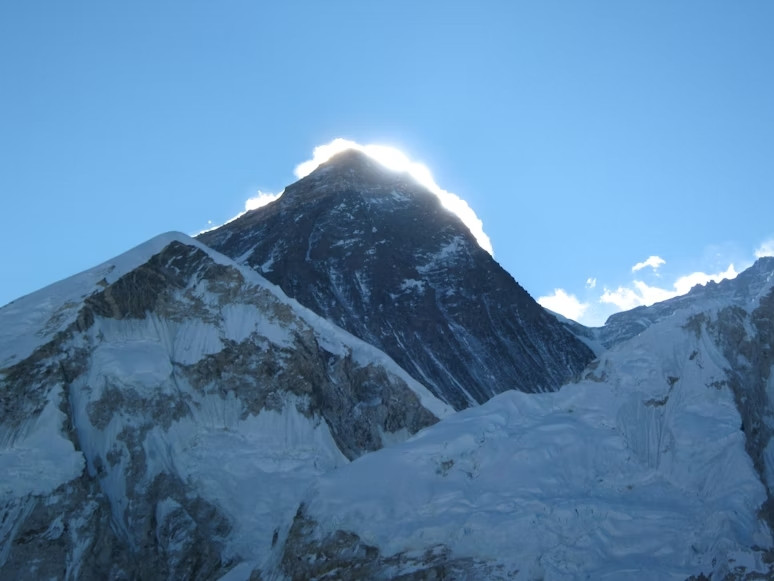Nepal is renowned worldwide as the epicenter of high-altitude mountaineering, hosting eight of the fourteen 8000-meter peaks, including Everest, Lhotse, Makalu, Annapurna, and Dhaulagiri. The country offers a vast range of expedition opportunities for climbers of various skill levels — from trekking peaks like Island Peak and Mera Peak to challenging 8000-meter summits that demand advanced technical skills and extensive preparation.
Mountain expeditions in Nepal typically combine trekking, high-altitude acclimatization, and technical climbing, often lasting from 3 weeks to 2 months or more depending on the peak and route. The most popular climbing seasons are spring (April–May) and autumn (September–November) when the weather is relatively stable. Expeditions involve a complex logistics chain including securing permits, hiring experienced guides and Sherpas, arranging high-altitude gear and oxygen, and establishing Base and high camps.
Besides Everest and Annapurna, popular expeditions include Manaslu (8163m), Cho Oyu (8188m), Lhotse (8516m), and Dhaulagiri (8167m). Many climbers also undertake trekking peaks — smaller but still challenging climbs like Island Peak (6189m), Mera Peak (6476m), and Langtang Lirung (7246m) — as preparation before attempting 8000-meter giants.
Safety is paramount: climbers must be well-prepared physically and mentally, possess technical climbing skills, and carry insurance covering high-altitude rescue and evacuation. Local culture and environmental preservation are respected; most expeditions follow “Leave No Trace” practices and take part in traditional puja ceremonies for blessings.
Nepal’s expeditions offer not only the thrill of climbing the world’s highest mountains but also the chance to immerse in Sherpa hospitality, Buddhist traditions, and breathtaking Himalayan landscapes. Whether you seek to summit Everest or explore lesser-known peaks, Nepal remains the ultimate mountaineering destination.


